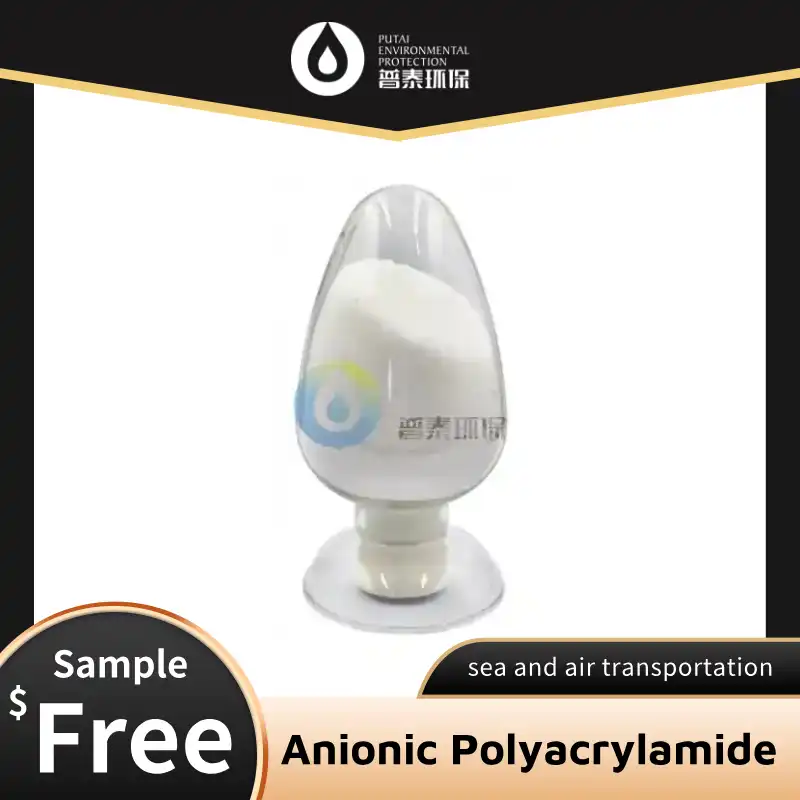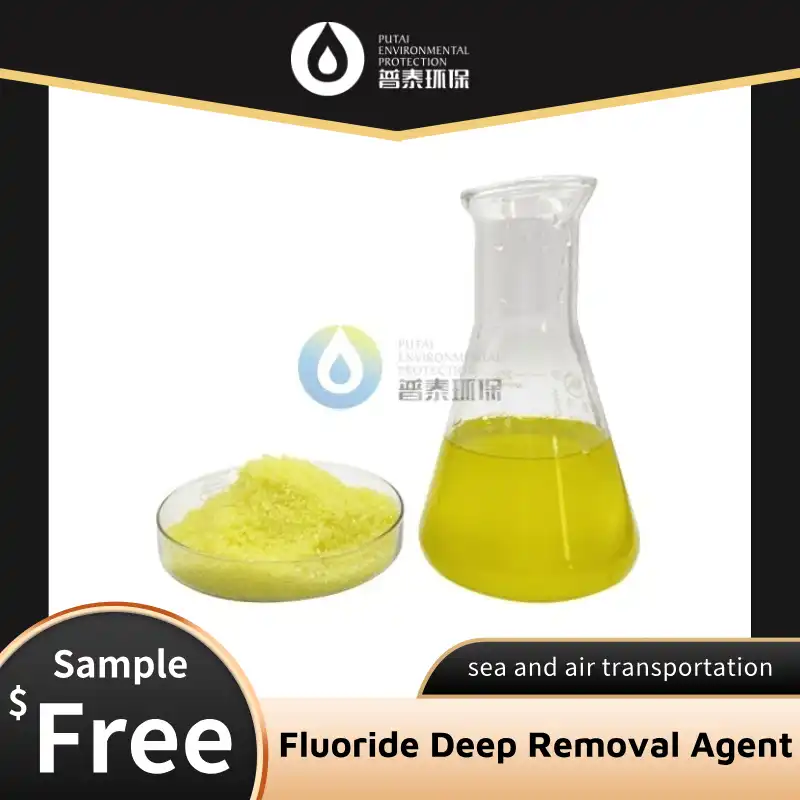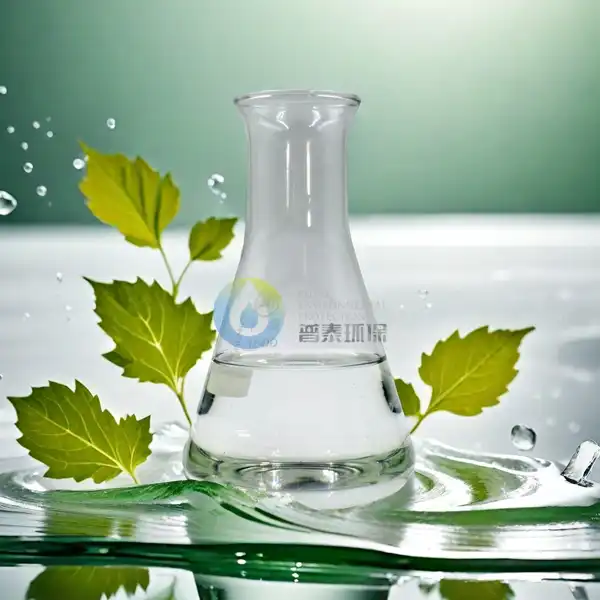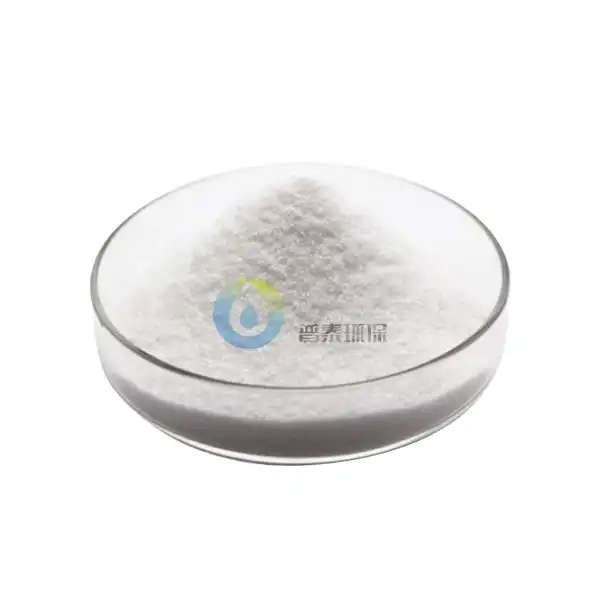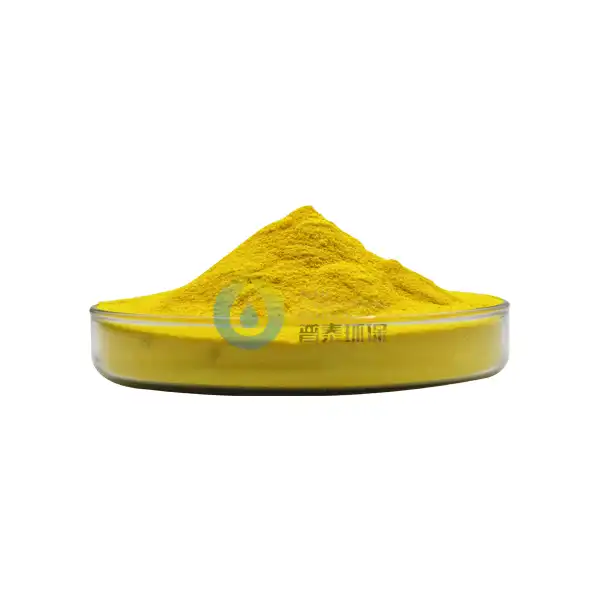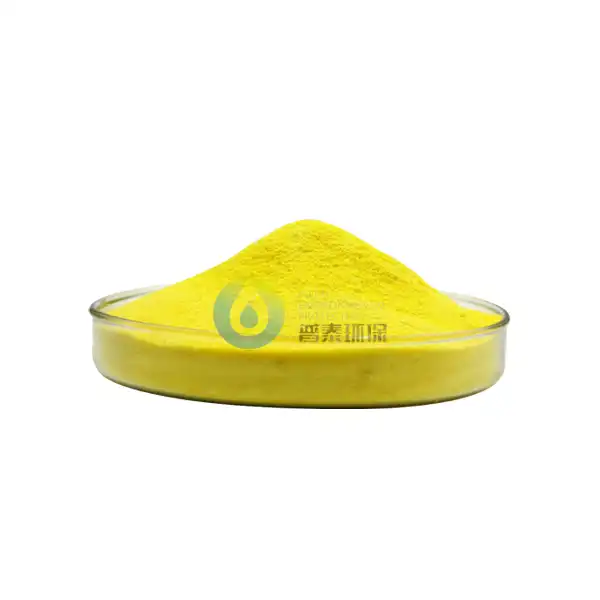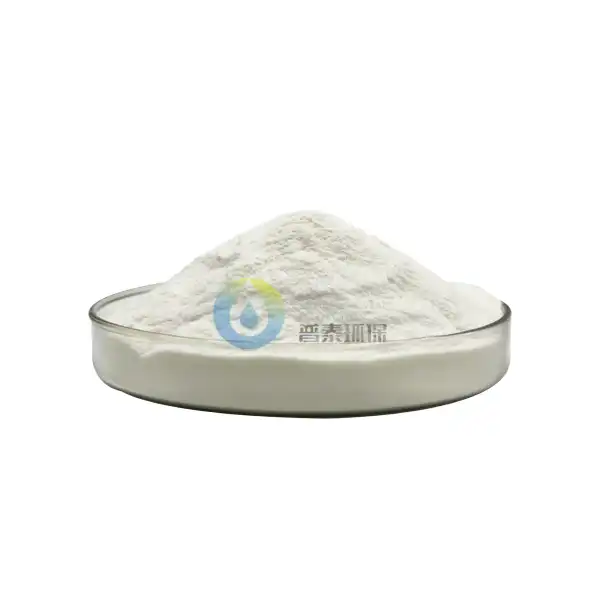What is the Difference Between Poly Aluminium Chloride and Alum in Drinking Water Treatment?
Water treatment is a critical process ensuring safe and clean drinking water for communities worldwide. As technology advances, water treatment chemicals have evolved, with Poly Aluminium Chloride (PAC) emerging as a sophisticated alternative to traditional alum. This comprehensive exploration delves into the intricate differences between these two water treatment coagulants, examining their chemical compositions, application methodologies, and environmental implications.
How Does Poly Aluminium Chloride Revolutionize Drinking Water Treatment Compared to Traditional Alum?
Chemical Composition and Molecular Structure
Poly Aluminium Chloride (PAC) represents a more advanced coagulation technology compared to traditional aluminum sulfate (alum). At its core, PAC is a pre-polymerized inorganic coagulant with a significantly more complex molecular structure. Unlike alum, which exists as individual aluminum ions, PAC contains interconnected aluminum hydroxide clusters that provide enhanced water treatment capabilities.
The molecular architecture of PAC offers remarkable advantages in drinking water treatment. These pre-formed hydroxyl-aluminum complexes create a more stable and efficient coagulation mechanism. Traditional alum requires substantial pH adjustments and generates considerable amounts of aluminum hydroxide sludge during treatment, whereas PAC demonstrates superior performance across broader pH ranges with minimal sludge production.
Mechanism of Particle Removal and Contaminant Aggregation
PAC exhibits an extraordinary ability to aggregate suspended particles through a more sophisticated mechanism compared to traditional alum. The pre-polymerized structure allows for rapid and efficient contaminant removal, creating larger and denser flocs that settle more quickly. This unique characteristic enables water treatment facilities to achieve superior water clarity and reduce overall treatment time.
The enhanced flocculation properties of Poly Aluminium Chloride for drinking water treatment mean fewer chemicals are required to achieve equivalent or superior results. Water treatment professionals can utilize lower dosages of PAC compared to alum, resulting in more cost-effective and environmentally friendly purification processes.
Performance Across Various Water Quality Parameters
Poly Aluminium Chloride demonstrates remarkable versatility across diverse water quality conditions. Its stable molecular structure allows effective performance in waters with varying turbidity, temperature, and pH levels. Unlike alum, which requires precise pH control, PAC maintains consistent coagulation efficiency across a wider range of environmental conditions.
The adaptability of PAC makes it particularly valuable for municipal water treatment plants dealing with fluctuating water sources. Its ability to effectively remove organic matter, heavy metals, and colloidal particles ensures comprehensive water purification with minimal chemical intervention.
What Makes Poly Aluminium Chloride More Environmentally Sustainable in Water Treatment?
Reduced Chemical Footprint and Lower Sludge Generation
Environmental sustainability represents a critical consideration in modern water treatment strategies. Poly Aluminium Chloride offers significant ecological advantages over traditional alum through substantially reduced chemical footprints. The pre-polymerized structure enables more efficient particle aggregation, resulting in dramatically lower sludge generation during the treatment process.
Water treatment facilities utilizing PAC can significantly decrease waste production and associated disposal costs. The reduced sludge volume translates to lower transportation expenses and minimized environmental impact. Moreover, the more concentrated nature of PAC means smaller storage requirements and reduced logistical complexities for water treatment infrastructure.
Energy Efficiency and Process Optimization
The advanced molecular configuration of Poly Aluminium Chloride contributes to enhanced energy efficiency in water treatment processes. Its superior flocculation properties allow for shorter settling times and reduced mechanical energy consumption during particle separation. Water treatment plants can optimize their operational parameters, achieving faster processing cycles with minimal energy expenditure.
By requiring lower dosage rates and demonstrating faster particle removal mechanisms, PAC enables water treatment facilities to streamline their purification workflows. The result is a more sustainable approach that balances operational effectiveness with environmental consciousness.
Long-Term Environmental and Economic Benefits
Implementing Poly Aluminium Chloride for drinking water treatment presents long-term environmental and economic advantages. The reduced chemical requirements, lower sludge generation, and improved treatment efficiency contribute to a more sustainable water purification paradigm. Water treatment professionals can leverage PAC's advanced capabilities to develop more resilient and cost-effective treatment strategies.
The economic benefits extend beyond immediate operational costs. Reduced chemical consumption, decreased waste generation, and enhanced treatment efficiency translate to significant long-term savings for municipalities and water treatment facilities.
How Can Water Treatment Professionals Effectively Implement Poly Aluminium Chloride?
Training and Technical Expertise
Successful implementation of Poly Aluminium Chloride requires comprehensive training and technical understanding. Water treatment professionals must develop specialized knowledge regarding PAC's unique chemical properties and optimal application methodologies. Continuous education and professional development programs can help teams maximize the potential of this advanced coagulant.
Technical workshops, manufacturer-provided training sessions, and collaborative research initiatives play crucial roles in disseminating knowledge about PAC's application nuances. By investing in professional development, water treatment organizations can unlock the full potential of this innovative technology.
Advanced Monitoring and Quality Control
Effective PAC implementation necessitates sophisticated monitoring and quality control mechanisms. Water treatment facilities must develop robust testing protocols to assess coagulant performance, measure treatment efficiency, and validate water quality parameters. Advanced analytical techniques, including spectroscopic and chromatographic methods, enable precise evaluation of PAC's treatment capabilities.
Continuous monitoring allows water treatment teams to fine-tune dosage rates, optimize treatment processes, and ensure consistent water quality. The complex molecular structure of PAC demands a more nuanced approach to quality assurance compared to traditional coagulants.
Collaborative Research and Innovation
The ongoing evolution of Poly Aluminium Chloride technology relies on collaborative research and continuous innovation. Water treatment professionals, academic researchers, and chemical engineers must work together to explore emerging applications and refine existing methodologies. Interdisciplinary approaches can unlock new insights into PAC's potential for addressing complex water treatment challenges.
Research initiatives focusing on advanced molecular engineering, environmental sustainability, and treatment efficiency will drive future developments in water purification technologies. By fostering collaborative environments, the water treatment industry can continue to push technological boundaries.
Conclusion
Poly Aluminium Chloride represents a significant advancement in drinking water treatment, offering superior performance, environmental sustainability, and operational efficiency compared to traditional alum. Its unique molecular structure and advanced capabilities position it as a critical tool in addressing global water purification challenges.
Xi'an Putai Environmental Protection Co., Ltd. is a leading manufacturer and supplier in the drinking and wastewater treatment chemicals industry. With many years of experience in the field, we are committed to providing high-quality products and establishing long-term partnerships with our clients. Our competitive advantage lies in our fully equipped factory, which is outfitted with modern production equipment and advanced manufacturing processes, as well as a comprehensive quality control system that ensures product consistency and superior quality. Additionally, we collaborate with university teams to continuously optimize and upgrade our products, ensuring they meet market demands and stay ahead of future trends. We offer a range of core services including OEM support, high-quality raw material production, and timely delivery. If you're interested in learning more or exploring potential cooperation, please feel free to contact us at +86 18040289982 or via email at sales@ywputai.com. We look forward to the opportunity to work with you.
References
1. Duan, J., & Gregory, J. (2003). Water Treatment Coagulation Technologies: A Review. Water Research, 37(15), 3987-4001.
2. Henderson, R. K., et al. (2008). Characterisation of Poly-aluminium Chloride Coagulants: Technical Note. Water Science and Technology, 58(6), 1193-1197.
3. Crittenden, J. C., et al. (2012). MWH's Water Treatment: Principles and Design. John Wiley & Sons, Hoboken, NJ.
4. Wang, S., & Peng, Y. (2010). Natural Zeolites as Effective Adsorbents in Water and Wastewater Treatment. Chemical Engineering Journal, 156(1), 11-24.
5. Bratby, J. (2006). Coagulation and Flocculation in Water and Wastewater Treatment. IWA Publishing, London, UK.
6. Amirtharajah, A. (1993). Some Theoretical Perspectives on the Electrical Double Layer and Interaction Forces in Coagulation. Water Research, 27(8), 1399-1411.

